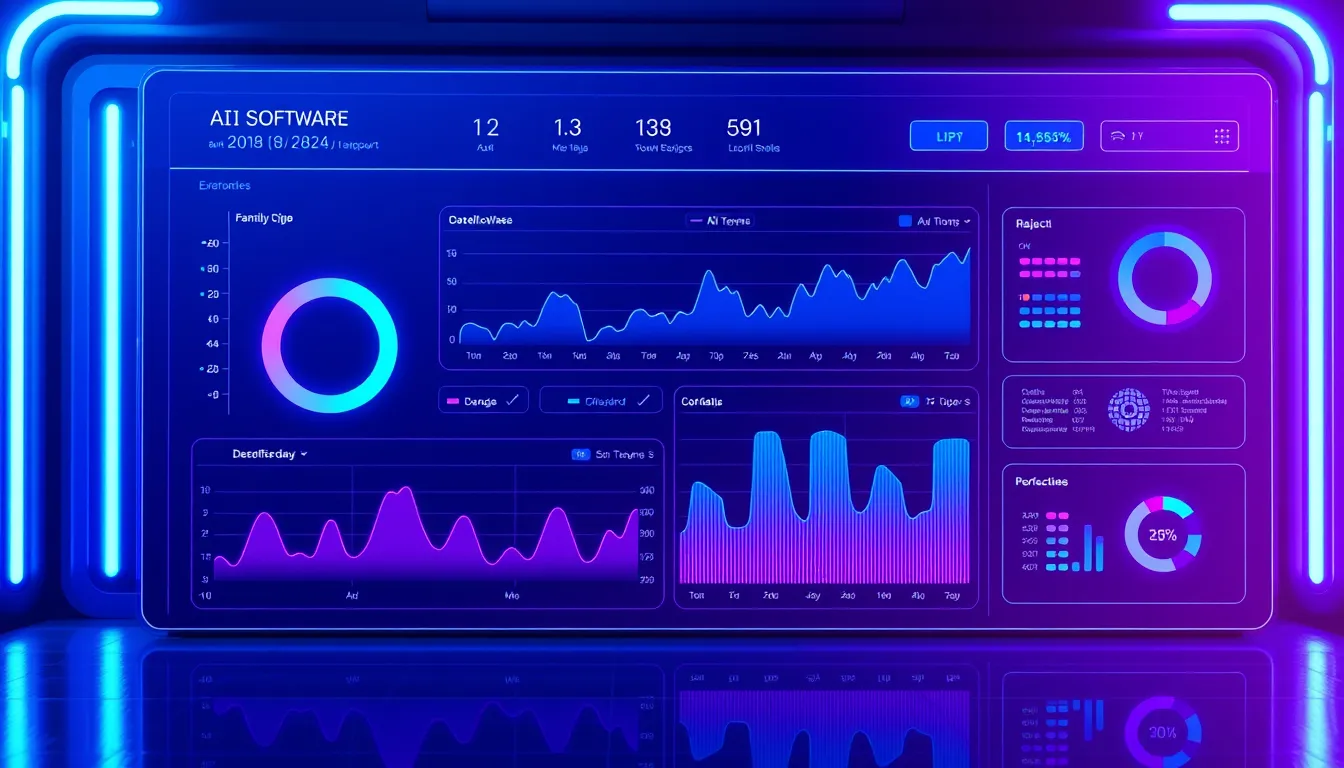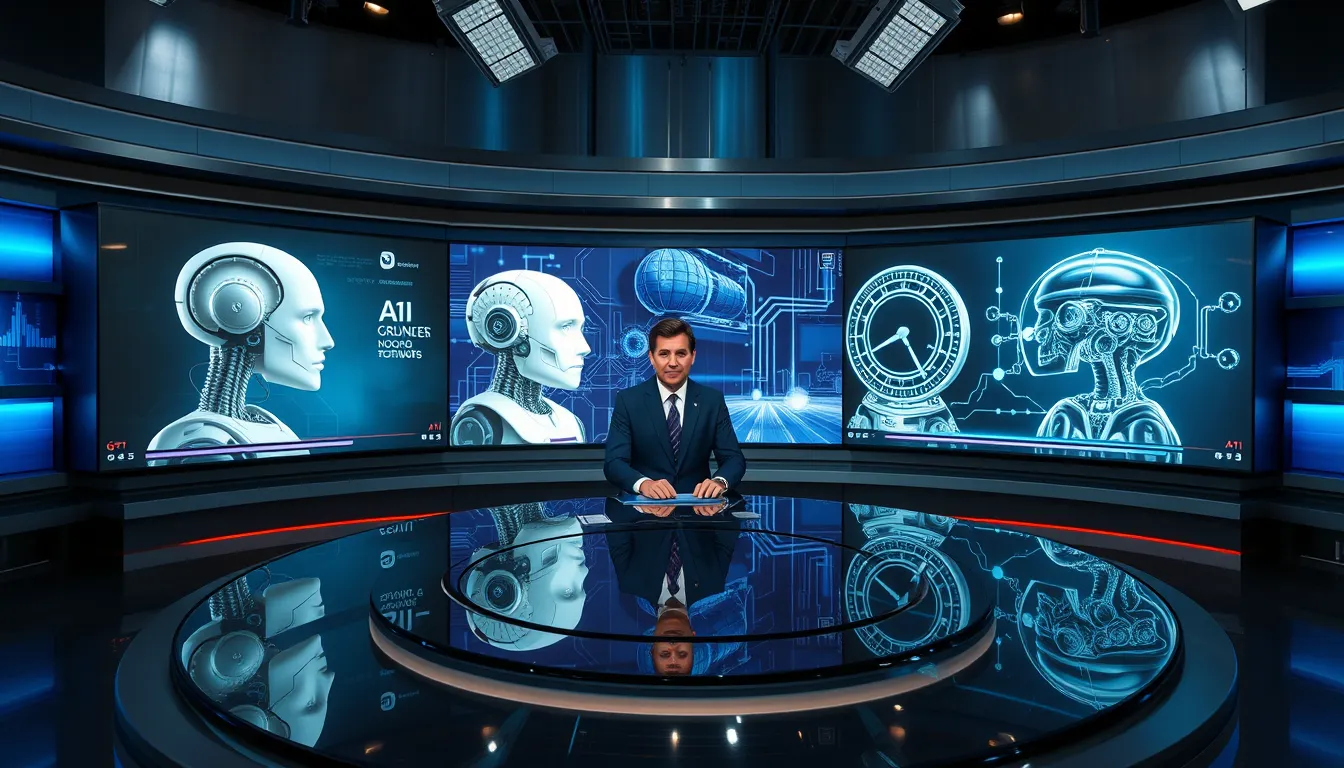Now Reading: Powerful AI in Healthcare Diagnostics: Transforming Patient Outcomes
-
01
Powerful AI in Healthcare Diagnostics: Transforming Patient Outcomes
Powerful AI in Healthcare Diagnostics: Transforming Patient Outcomes

Powerful AI in Healthcare Diagnostics: Transforming Patient Outcomes
In today’s rapidly evolving medical landscape, AI in healthcare diagnostics is emerging as a game-changer. From improving diagnostic accuracy to predicting potential health risks, advanced algorithms are reshaping the way clinicians approach patient care. In this article, we delve into how AI in healthcare diagnostics is transforming patient outcomes and revolutionizing medical imaging.
The Evolution of AI in Healthcare
The integration of AI in healthcare diagnostics has opened new horizons for accurate disease detection, personalized treatment plans, and efficient resource utilization. By leveraging machine learning and deep learning techniques, AI systems can analyze complex medical data much faster than traditional methods, reducing diagnostic errors and enhancing the overall efficiency of healthcare delivery.
Key Points:
- Rapid analysis of complex imaging data
- Enhanced diagnostic accuracy
- Predictive analytics for early intervention
This systematic approach aids healthcare professionals in making well-informed decisions, thereby improving patient care processes and outcomes.
How AI Improves Diagnostic Accuracy
AI in healthcare diagnostics not only speeds up the detection process but also contributes significantly to diagnostic precision. Algorithms trained on vast datasets can identify subtle patterns in medical images and patient records that might be overlooked by human eyes. This results in:
- Early detection of diseases
- More accurate identification of anomalies
- Improved treatment plans based on data-driven insights
For instance, radiologists now use AI-powered imaging tools that enhance the clarity of X-rays, MRIs, and CT scans. These tools not only illustrate the state of a patient’s health but also provide predictive insights that can foresee complications before they become critical.
Real-World Applications of AI in Diagnostics
Hospitals across the globe are embracing this technology. From AI-driven diagnostic platforms to AI-enhanced imaging devices, the practical applications are extensive and promising. Some real-world examples include:
- AI medical imaging systems that assist in identifying lung anomalies
- AI disease prediction models that analyze patient history for early intervention
- Tools that monitor the progression of chronic conditions over time
Benefits and Challenges
The benefits of AI in healthcare diagnostics go hand-in-hand with its challenges. While the integration of AI systems has led to improved diagnostic accuracy and efficiency, healthcare providers must also address issues such as data privacy, regulatory compliance, and the need for continuous system updates.
Benefits Include:
- Automated and precise diagnostic procedures
- Reduced workload for medical professionals
- Enhanced predictive capabilities for better patient outcomes
Challenges Faced:
- Ensuring the security of sensitive patient data
- The high initial cost of AI systems
- Continuous monitoring and updates to the AI algorithms
Healthcare stakeholders are actively working on these challenges to ensure that the advancements in technology translate into tangible patient care improvements.
The Future of AI in Healthcare Diagnostics
The future holds promising developments for AI in healthcare diagnostics. With ongoing research and development, we can expect further innovations that will integrate seamless patient data management with real-time diagnostic inputs. Future advancements are likely to include more robust predictive analytics, integration with wearable technology, and even remote diagnostics facilitated by AI.
In addition, collaborations between tech giants such as Microsoft and healthcare innovators are paving the way for solutions that could revolutionize patient care. For example, Microsoft’s AI research initiatives focus on integrating AI in diagnostic workflows which enhance accuracy and enable quicker decision-making.
Conclusion
In conclusion, AI in healthcare diagnostics is not just a technological upgrade—it is a pivotal transformation in the way we think about and execute patient care. The advantages of incorporating AI range from improved diagnostic precision to better resource utilization, ensuring patients receive timely and effective treatment. Despite the challenges that lie ahead, the future of AI-driven healthcare remains bright, promising enhanced patient outcomes and a more efficient healthcare delivery system.
By embracing these technological advancements, healthcare providers can ensure a higher standard of service and pave the way for a more responsive and predictive healthcare ecosystem. As research advances and adoption widens, AI in healthcare diagnostics will continue to play an increasingly vital role in the future of medicine.
Throughout this article, the focus on AI in healthcare diagnostics is evident, highlighted in key sections and bullet points to reinforce its importance in every stage of modern medical diagnosis. The incorporation of AI is already making a significant difference, and as more innovations emerge, its impact on patient care will undoubtedly grow.

























